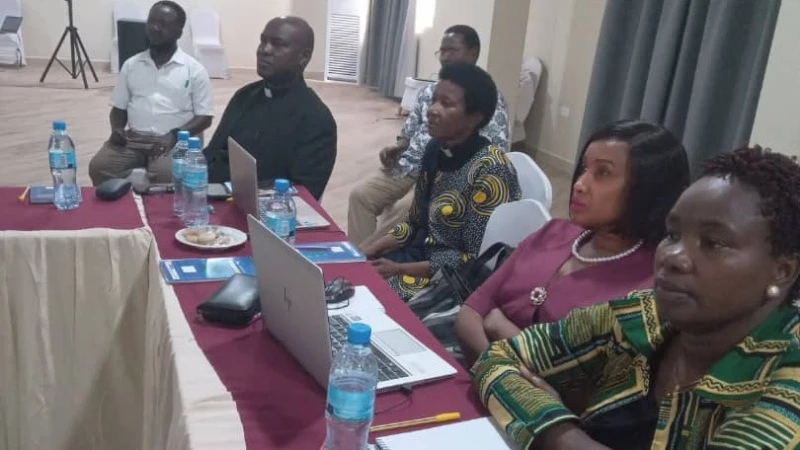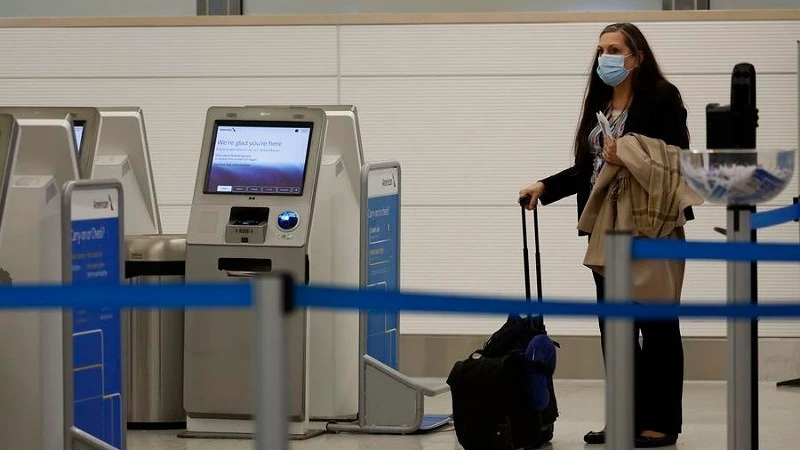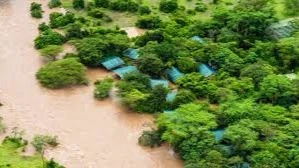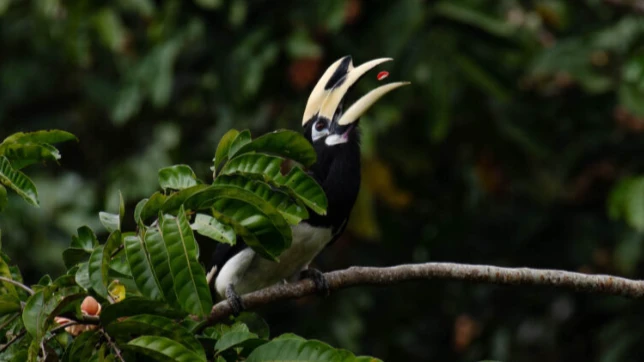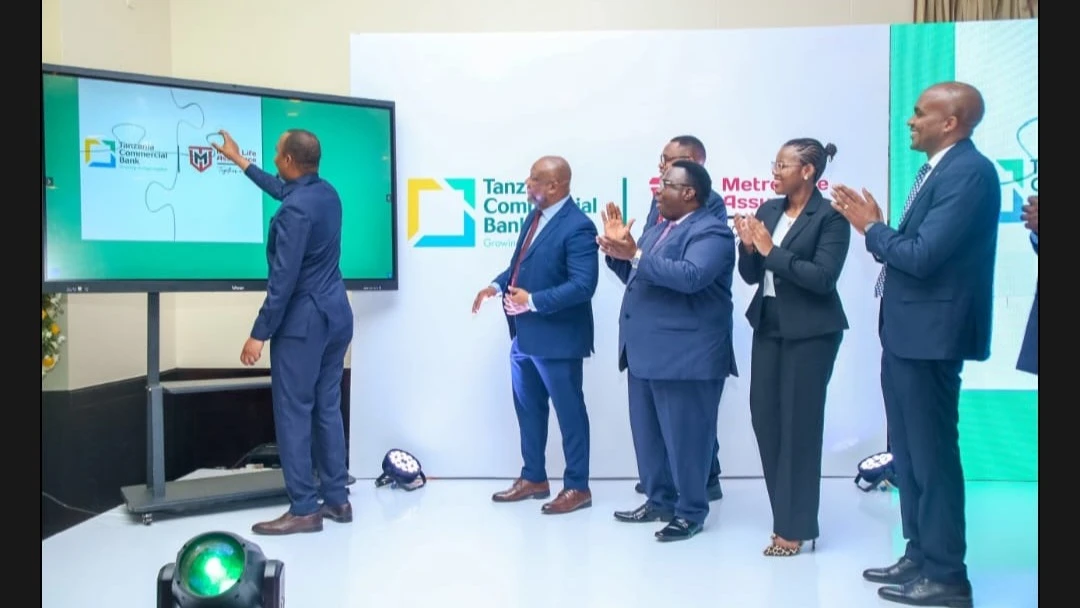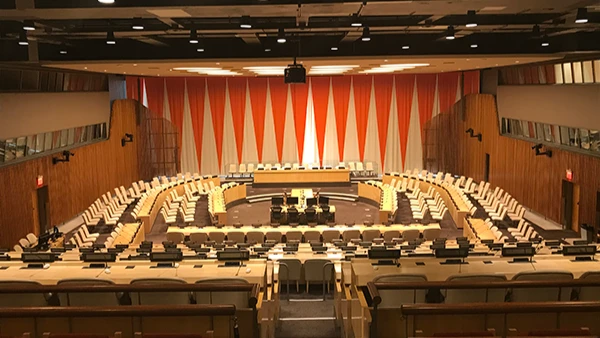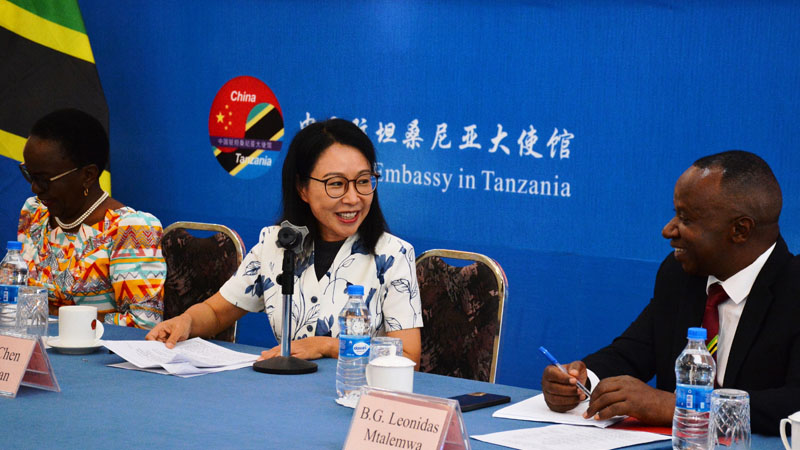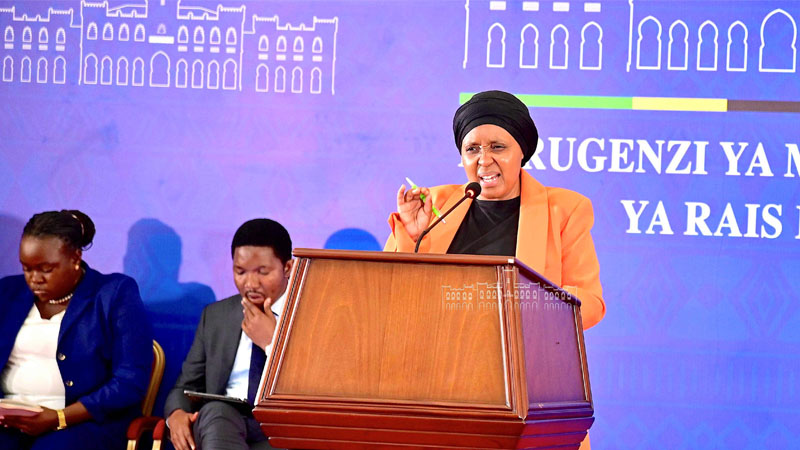Handing over the reins of conservation to communities
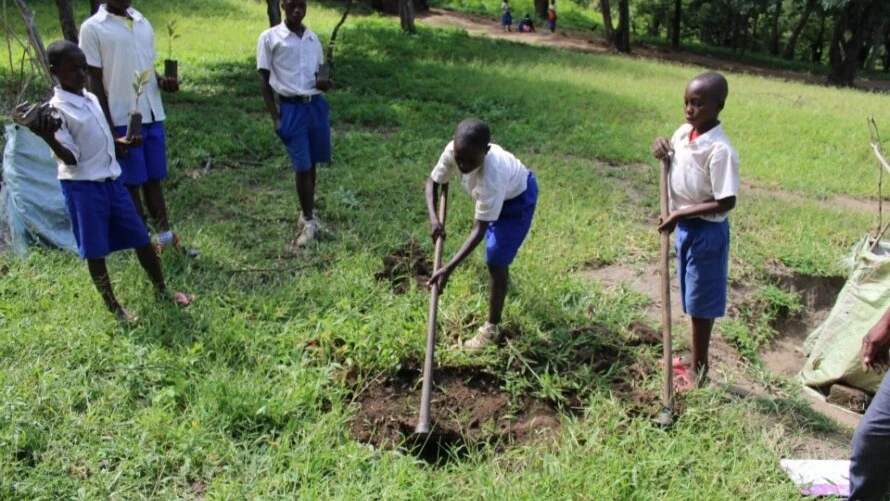
MARY Ernest Shauri of Nkomolo 2 Village of Nkasi District in Rukwa region recalls how communities alongside Lyamba lya Mfipa Forest were on the brink of a disaster four years ago.
Community members in various villages started to experience water shortages. Deforestation had led to land degradation and reduced its capacity to support agriculture.
There were fears that with the unchecked environmental destruction people could face severe impacts of climate change and lose economic resilience.
Although both Sumbawanga and Nkasi Districts are endowed with abundant natural resources, community members had embarked on irrational harvesting of the resources that was reflected in reduced flows of rivers, unpredictable seasons and degradation of the Lyamba lya Mfipa Forest which used to provide ecosystem services to the communities.
“In some villages farmers and pastoralists started fighting for water during the dry season. That was unheard of! Illegal harvesting of forest products was rampant. Land conflicts were becoming common and violent. There was such chaos, some people feared the forest would be wiped off and this would accelerate desertification, a situation that could lead to significant reduction in food production,” she explains.
Today, however, the situation has changed. Conservation of the environment and sustainable harvesting of forests has seen rivers flowing normally and averting water shortage. Forests and natural vegetation have recovered from degradation, thanks to Usimamizi Endelevu wa Maliasili project, implemented by LEAT, RUSUDEO and communities lead by village governments.
During the four years of its implementation the project has focused generally on community-based conservation that empowers local people to take the lead in protecting biodiversity by infusing local knowledge, practicality and setting their priorities. Rural communities live alongside fragile ecosystems and hold in their hands the power to save the environment and natural resources.
“The success of community based conservation is built on the goal of alleviating people from poverty and improving human welfare while supporting conservation efforts and reducing pressure on biodiversity. In the long run these communities build climate and economic resilience and live better lives,” says Hana Lupembe, the Project Supervisor. Indeed success in any community conservation project lies on the people.
The project is now on its final lap of implementation and questions abound whether the benefits realized by stakeholders will be sustained or will be flushed down the drain once the last chapter of the project is closed.
Nicholaus Mchome, Rukwa Regional Natural Resources Officer explains that during its implementation the project has built the foundations of conservation, sustainable and rational use of natural resources. It has also strengthened adaption and climate resilience through education, awareness and participation of community members.
“Individuals and communities alike have enjoyed social and economic benefits which otherwise they would not have realized. The benefits are a catalyst which will drive villagers to continue with conservation and protection of natural resources with the view to sustaining climate and economic resilience,” says Mchome, adding that accountability among village government leaders has been strengthened. “In any case villagers have acquired the courage to question their leaders on their deeds and misdeeds and there is no way the community will fall back to old ways of allowing their leaders get away with it when they don’t deliver.”
Among things that will make community members to continue to conserve the environment is the legal ownership of land and secure tenure. People know the importance and value of land and are prepared to protect their rights. With high knowledge and awareness about conservation of natural resources ownership of land will help build climate adaptation and economic resilience among villagers.
“Villagers acknowledge the link between a healthy environment and climate resilience and they also know that their wellbeing is attached to conservation of the environment and sustainable use of natural resources,” says Mchome.
Some villagers are also optimistic about the future. “There is no going back. We have the knowledge and awareness to conserve the environment and use natural resource in a sustainable manner. Besides, primary and secondary school children have participated in implementing the project. Through their Mazingira Clubs they will carry on with the work for years to come,” explains Veronica Simon Kiatu of Kizungu Village. “However, education on conservation and protection of the environment should be continuous not only to pupils but to all community members. People tend to forget; they should be reminded them from time to time,” she adds.
According to Kiatu women have learned to do small businesses as a way of diversifying sources of income. They are able to sustain the businesses for now but in future they will need more education in order to not only make businesses grow but also to deal with the challenges of doing business that could emerge.
One of the major activities to rehabilitate the degraded environment was tree planting. This will be carried on in future but for better results communities need to plant trees according to environmental conditions, and not just to plant any tree anywhere. In some areas the trees planted did not do well because of poor environmental conditions.
The project has been supplying tree seedlings to be planted by communities. But if tree planting has to be sustained then the situation must change. “We should be taught how to prepare tree seedlings ourselves instead of waiting for project officials to give them to us. The demand for seedlings is increasing and if we are to meet this demand in future, we must produce our own seedlings. This will increase the sustainability of the project,” says Florence Magambo, Executive Officer for Nkwilo village.
Elia Wiston Ndabila of Kalumbeza A village says that the tree planting activity has been bogged down by termites who eat the seedlings. This has to a great extent affected the survival rate of the tree seedlings planted in the village which he estimated to be 70 percent. He advised that villages should be given insecticides that kill or repel termites before they plant tree seedlings.
It is expected that villages will take conservation knowledge and practice into the future so that they will not revert to the era of destruction of the environment and natural resources. “Of course there are still a few people who illegally make timber, charcoal or cut logs from Lyamba lya Mfipa Forest. Village governments and community members will have to find ways to deal with them if project benefits are to be sustained,” says Edwin Mangazini, a resident of Kizungu Village.
It is also important that villagers continue to manage the land they own as a community as well as individuals. Land has been surveyed and mapped and some people have been issued with Customary Certificates of Right of Occupancy (CCROS). The demand for CCROs by community members is high but process to survey, map and issue CCROs is costly. “While the District Council would like to issue CCROs to more people in future, this might take a long time due to shortage of funds,” says Frederick Odhiambo, Senior District Land Officer for Nkasi District.
“But more efforts should be directed on educating people about the importance of land use plans. Despite the fact that many people in the District own land and have been given CCROs as proof of ownership and security of tenure, there are villagers who are still skeptical about this development. They still think that behind surveys, mapping and land use plans stand secret plans by government to grab their land or even subject them to some kind of land tax. There are still some people who believe that land use plans will finally lead to land grabbing. There is a need for reassurance through more education and awareness campaigns,” says Odhiambo.
The fact that some community members are still not comfortable with land ownership and tenure process has also been expressed by residents of Nkwilo, Nkomolo 2, Kizungu, Mbwilo and Kalumbaleza A, among others. It is imperative that district councils step up education and awareness campaigns in order to clear the apprehension that is rife among communities.
“Even those who have acquired CCROs are still not comfortable with their tenure. They think that the whole process was meant to pave way for the government to take away their land. I think people need more education in order to change this mindset and clear their worries,” notes Edgar Merikio, a member of Social Accountability Monitoring committee in Kalumbaleza A village.
Now women also own land with legal evidence and secure tenure through acquisition of CCROs. They conduct petty businesses and run community conservation banks where one may earn about 500,000/- annually. The economic independence that women continue to gain has also raised their social status, as they feel free to give their views and opinions in all matters in the community. They have the courage to ask questions to village government leaders and have the confidence to vie for leadership posts.
With all these benefits, women are in the forefront to conserve the environment and will not relent on this noble cause. They know that should they step back and let environmental degradation and destruction of natural resources creep in, then they will be inviting poverty amidst their families.
Maria Zahoro is the environment teacher at Mazoka Secondary School in Sumbawanga Rural District. She says that the school, like many others in the project area, has participated in planting trees on their compound and surrounding areas.
“Conservation of the environment and protection of natural resources is also one of the subjects we teach here. With knowledge and practice, students have a role to play in their families and communities in ensuring that the spirit of conservation and sustainable use of natural resources is maintained. Education is continuous. As some students complete secondary school education and new ones come in, so will the education and practice be passed down to the community long after the project winds up. This is important in order to cope with emerging challenges of conservation of the environment and natural resources. Students are agents of change,” she explains.
Projects like Usimamizi Endelevu wa Maliasili provide reason for communities to protect, and conserve the environment and natural resources. This has been achieved through creating sustainable employment opportunities, focusing on education, building the capacity of locals and improving the quality of life for community members in ways that protect biodiversity.
Top Headlines
© 2024 IPPMEDIA.COM. ALL RIGHTS RESERVED



